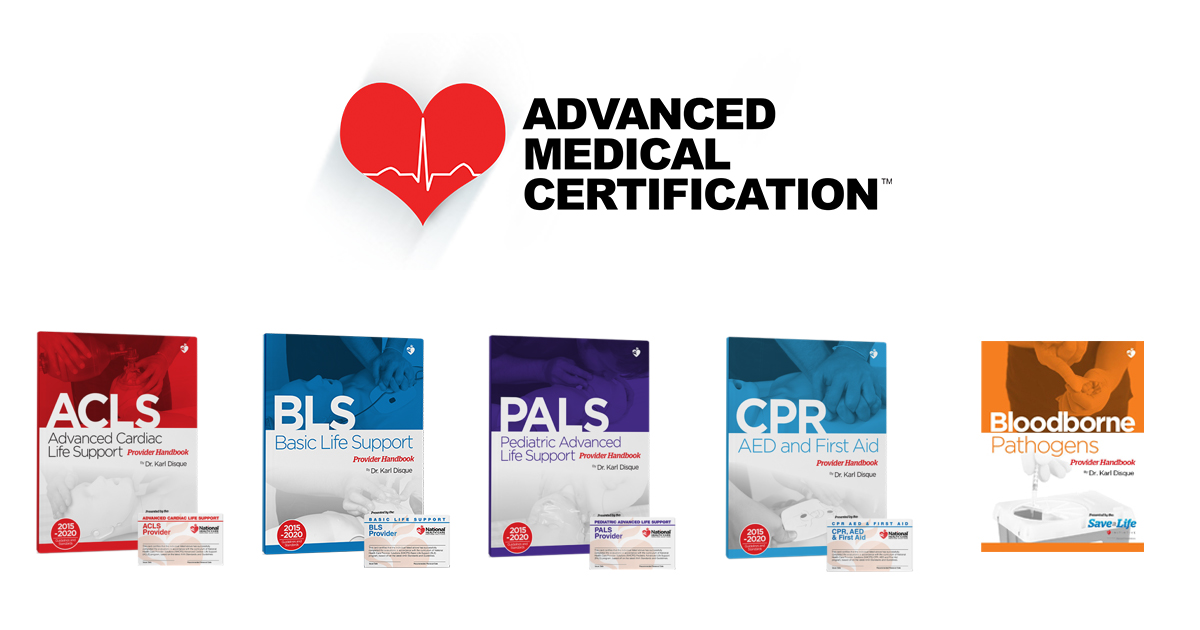
Thank you for subscribing to The PA Rx Newsletter!
In 10 minutes or less you’ll learn:
- This EHR giant is already implementing A.I.
- Finding the cause of brain fog in long COVID?
- The Best FREE Financial Education platform that helped me as a new grad
- 4 potential lethal diagnoses of a “sore throat”
At the end of this newsletter, I will present, in my opinion, four emergent causes of a “sore throat.” Try to brainstorm a list of your own!
EHR giant, Epic, is already implementing A.I.
|
Sumit Rana, Executive Vice President of Research and Development at Epic, sheds light on the company’s utilization of artificial intelligence (AI) to enhance various aspects of electronic health records (EHR).
Patient-Provider Interactions: Epic employs AI and ambient listening technology to facilitate better patient-provider interactions. It enables physicians to generate progress notes from conversations in the exam room. The AI system listens to ambient conversations with patient consent, and shortly after, the progress note is updated with a draft of the discussion. The outcomes include substantial time savings for physicians, a 76% reduction in after-hours work, and over 60% of users reporting an increase in documentation quality.
Draft Responses to Patient Questions: Epic’s EHR uses AI to generate draft responses to patient questions within the messaging system. Providers can choose to start with the draft or compose a response from scratch. Early feedback suggests that providers appreciate the AI’s ability to pre-fetch relevant patient data, saving time and potentially overcoming writer’s block. The AI is trained to write in the physician’s voice to maintain a natural communication style.
Empathy Enhancement: Interestingly, Rana notes that AI can sometimes be more empathetic in responses. He provides an example where the AI, drafting a response to a patient on vacation, included a thoughtful message expressing sympathy and hoping for a good vacation. This showcases how AI can enhance the human connection in busy healthcare settings.

|
Keeping Providers Informed: Epic’s AI aids providers in staying updated on a patient’s status since their last visit. New features include summarizing prior notes in the patient’s chart, tailored to the specific context of the physician and care setting. The summary, which involves discarding non-essential facts, is crucial for efficient information delivery. Providers can hover over the summary to view citations, ensuring transparency and reducing the risk of misinformation.
AI-Assisted Medical Coding: Epic is working on using AI to assist with medical coding, which is not yet available for production use. The AI system suggests potential procedure and diagnosis codes based on clinical documentation, streamlining the coding workflow for coders. This initiative aims to reduce administrative overhead for healthcare organizations by automating more administrative tasks in the future.
Sumit Rana emphasizes the importance of maintaining a balance, ensuring that AI tools assist rather than fully automate processes, and highlights the ongoing efforts to improve user experience and transparency in AI utilization within the healthcare setting.
To learn more click here
Finding the cause of brain fog in long COVID?
|
Researchers at Trinity College Dublin have identified a potential cause of “brain fog” in long Covid patients, linking it to a leaky blood-brain barrier. The blood-brain barrier regulates the entry and exit of substances to and from the brain. The study analyzed samples from 76 hospitalized Covid patients and found that those with self-reported brain fog had higher levels of the brain protein S100β in their blood, suggesting a breakdown of the blood-brain barrier. MRI scans confirmed a leaky barrier in long Covid patients with brain fog.
Additionally, the study revealed increased levels of clotting-related proteins in these patients. The findings suggest that regulating the blood-brain barrier’s integrity could be a potential treatment for neurological conditions, including brain fog. While the study focused on early Covid patients, its implications may extend to other conditions like ME (myalgic encephalomyelitis). Further research is needed to validate these findings and understand their broader applicability. Professors from the University of Oxford emphasized the importance of the study, noting that abnormalities in the brain’s blood vessel’s lining may contribute to post-Covid brain fog. However, they also highlighted the study’s limitation of focusing on first-wave Covid patients, calling for more investigation into potential variations in later virus variants or vaccinated individuals.
FREE platform that helped me better understand finances as a new grad
|
The White Coat Investor, founded by Dr. James Dahle, is a widely recognized and influential financial blog and platform specifically tailored for physicians and other high-income professionals. Dr. Dahle, an emergency physician, created the platform to provide sound financial advice and education to medical professionals who often face unique challenges in managing their finances. The White Coat Investor covers a range of topics, including investing, debt management, tax planning, and retirement strategies. With its emphasis on evidence-based financial practices, the platform has gained a reputation for offering practical and actionable advice, helping medical professionals navigate the complexities of personal finance and build wealth for a secure future. There is even a guide book for students that want to start educating themselves and be prepared when they get their first paycheck out of school. This resource was a solid stepping stone for me getting my finances in order out of school.
4 potential lethal diagnoses of a “sore throat”
|
Did you try and brainstorm 4 possible emergent causes of a “sore throat?”
Let’s dive in and see how you did..
Ludwig’s Angina:
Ludwig’s Angina, a severe and potentially life-threatening infection, primarily originates from odontogenic sources, often stemming from dental infections, peritonsillar abscesses, or infected mandibular teeth. The condition presents with rapidly progressive bilateral cellulitis of the submandibular, sublingual, and submental spaces, leading to swelling of the floor of the mouth, tongue elevation, and potential airway compromise. Patients typically exhibit symptoms such as fever, difficulty swallowing, neck pain, and a characteristic “woody” induration of the submandibular region. Management involves immediate airway assessment, as airway compromise is a critical concern. Antibiotic therapy, usually including broad-spectrum coverage against aerobes and anaerobes, is initiated promptly. Surgical intervention, such as incision and drainage of abscesses, may be necessary, along with dental consultation to address the underlying source of infection. In severe cases, advanced airway management and intensive care support may be required.
Peritonsillar Abscess:
A Peritonsillar Abscess (PTA) typically arises as a complication of untreated or inadequately treated tonsillitis, often caused by bacterial infections like Streptococcus pyogenes. It develops in the peritonsillar space due to the spread of infection from the tonsillar capsule to the surrounding tissues. Patients with PTA present with severe throat pain on the affected side, difficulty swallowing, referred ear pain, and trismus (difficulty opening the mouth). The uvula may deviate away from the abscess, and there might be swelling and erythema of the tonsil on the affected side. Systemic symptoms like fever and malaise are common, and severe cases may exhibit a muffled voice (hot potato voice) due to pus accumulation. Treatment includes antibiotics targeting beta-lactamase-producing organisms, analgesics, and antipyretics for symptomatic relief. Needle aspiration or incision and drainage may be performed to drain pus. Adequate hydration, nutritional support, and sometimes steroids are recommended. Tonsillectomy might be considered in recurrent cases or when abscesses are frequent.
Retropharyngeal abscess:
Retropharyngeal Abscess (RPA) typically results from bacterial infection in the retropharyngeal lymph nodes, commonly associated with upper respiratory infections, and is more prevalent in children. Streptococcus pyogenes, Staphylococcus aureus, and anaerobic bacteria are frequent causative organisms. Presenting with high fever, neck pain, difficulty swallowing, and potential respiratory distress due to airway compression, RPAs necessitate prompt intervention. Management involves broad-spectrum antibiotics, often adjusted based on culture results, and drainage if there is a fluctuant mass. In severe cases, airway management may be required, and hospitalization for intravenous antibiotics and supportive care is common.
Epiglottitis:
Epiglottitis, primarily caused by bacterial infection, commonly Haemophilus influenzae type b (Hib), presents with sudden-onset severe sore throat, high fever, and difficulty swallowing. The characteristic tripod position, where patients lean forward with an extended neck, is often adopted to alleviate airway obstruction. Stridor, muffled voice, drooling, and reluctance to eat or speak are common signs, particularly in children. Given its potential for rapid progression to life-threatening airway obstruction, immediate medical attention is paramount. Management involves ensuring a patent airway, often requiring intubation or surgical airway procedures, administering broad-spectrum antibiotics, hospitalization for monitoring and intravenous antibiotics, and, in some cases, corticosteroids to reduce airway inflammation. The introduction of the Hib vaccine has significantly reduced the incidence of Hib-related epiglottitis, emphasizing the importance of vaccination in preventing this serious condition.
For more information about this topic, I recommend listening to the EM Clerkship podcast, my favorite podcast for all things Emergency Medicine!
That’s all for today.
For more newsletters and case challenges click here
Preparing for a job interview? Click here for our FREE job interview checklist
Want more question practice? Click here for our affordable 225 question exam with detailed explanations
Thanks for reading,










